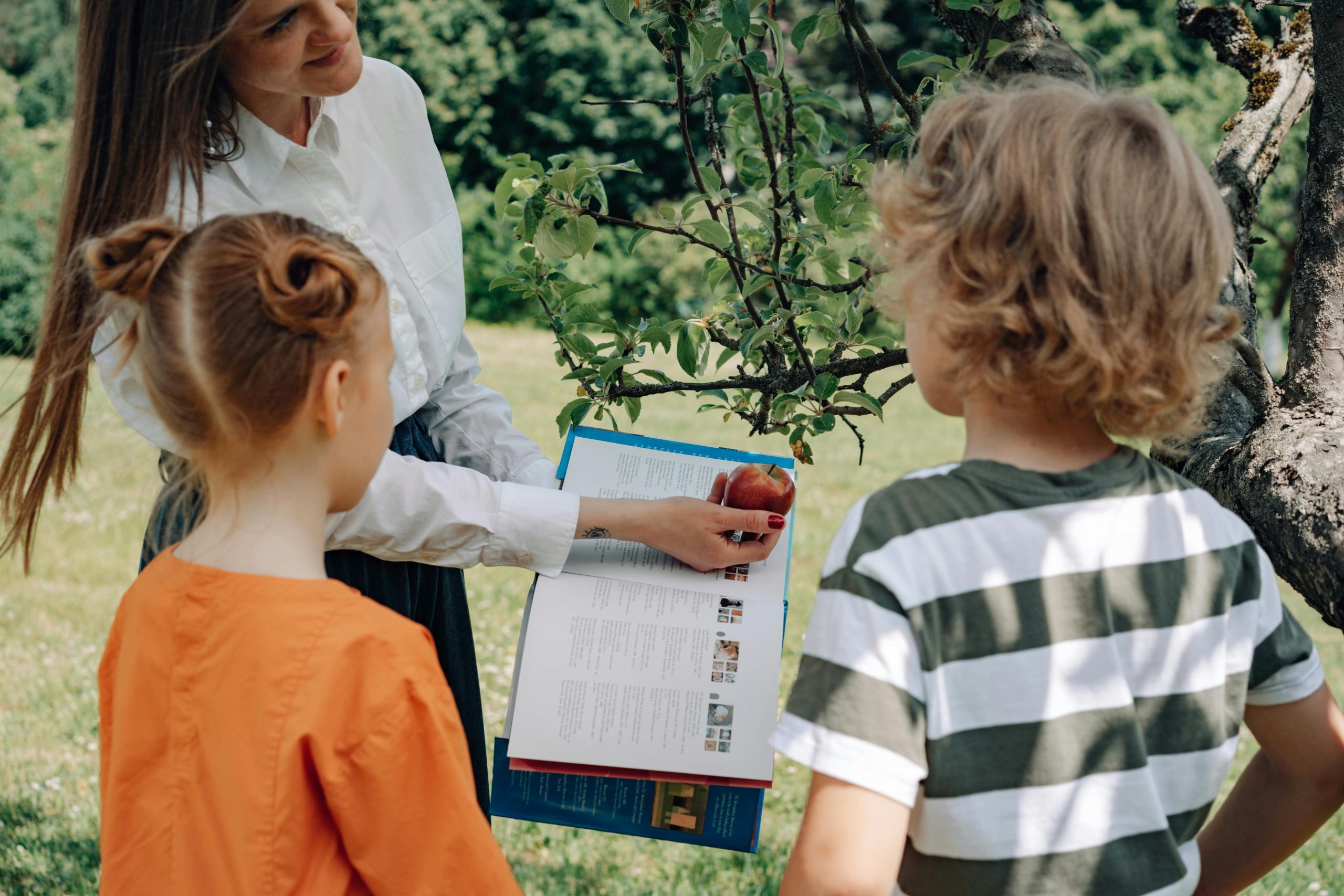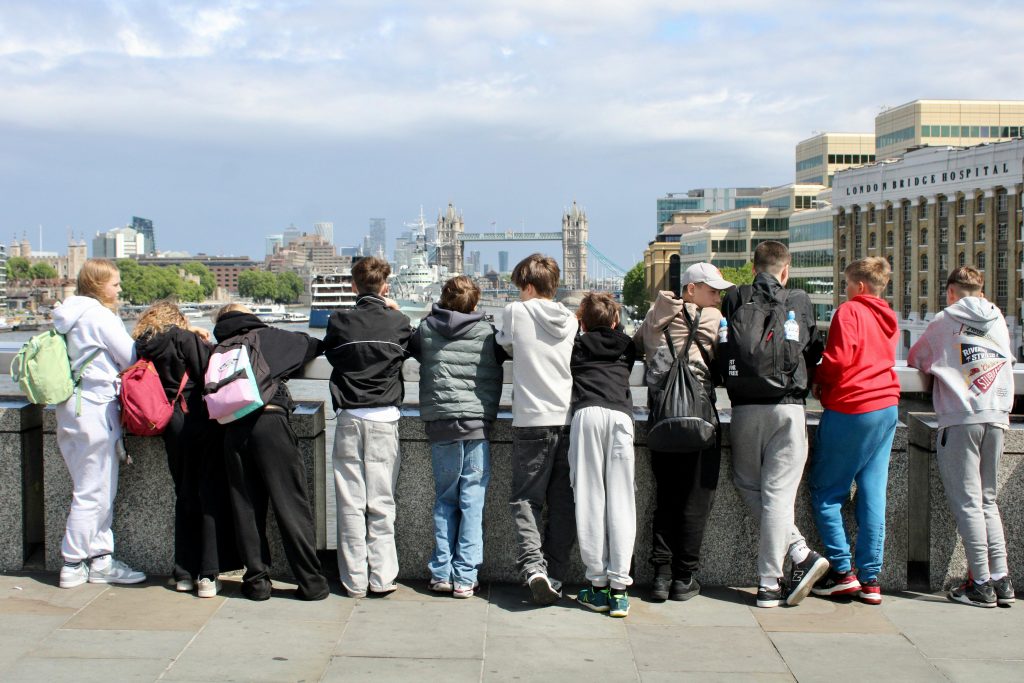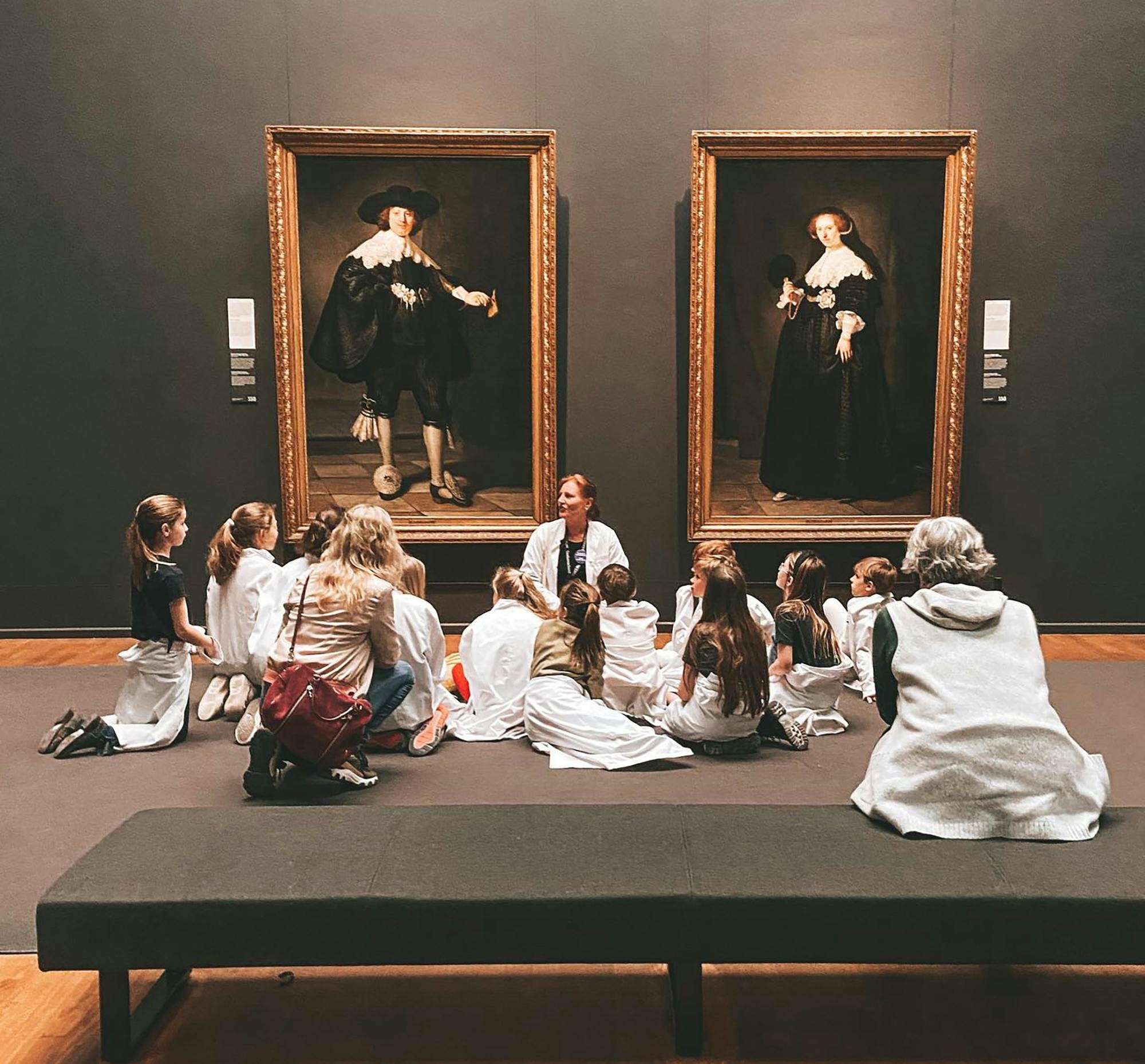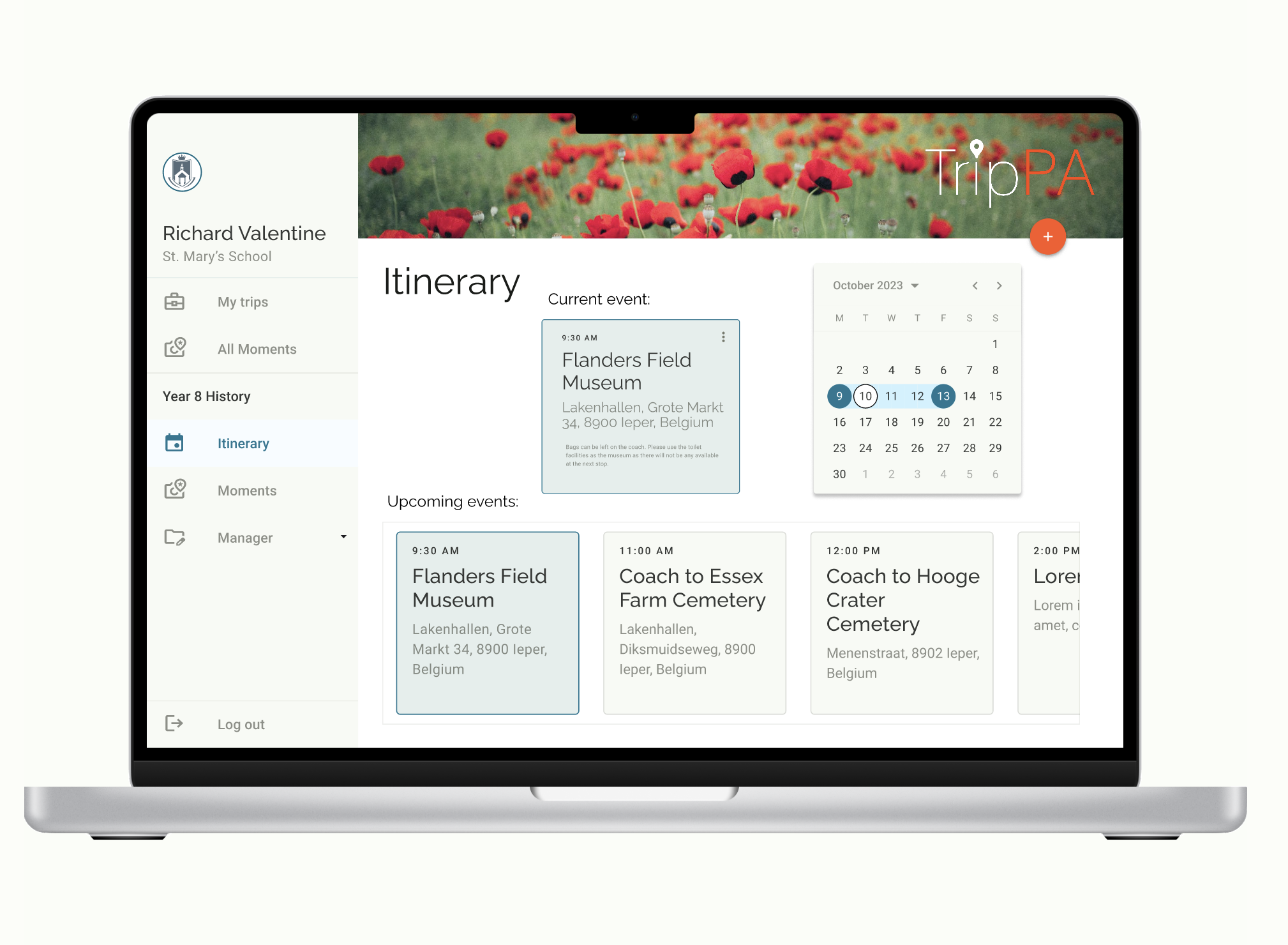Why timing matters
Choosing the right time for your trip affects more than just logistics. Here are the main factors to consider:
- Weather: Outdoor activities are easier and safer in the right season.
- Cost: Off-peak times are often cheaper, from tickets to transportation.
- Availability: Popular destinations fill up fast during peak periods.
- Crowds: Fewer people means better safety and supervision.
- Student Learning: Timing can enhance engagement and retention.
- Special Opportunities: Seasonal events and activities can enrich the trip experience.

Spring trips (March-May)
Spring can be ideal as it provides mild weather, and fewer crowds than the busy summer months.
Why teachers love spring trips:
- Great opportunities for nature-based learning
- Provides students with something exciting to look forward to mid-year
- Allows for pre-learning, and there is ample time to build upon the experience back in school
- Excellent weather in parts of Europe, and cheaper cost to travel abroad
Summer visits (June-August)
We can understand why there are so many summer trips: they are great for rewarding students at the end of the year, and of course the weather in the UK is often at its best! The long daylight hours help to make residentials the best they can be, and students have the whole year to look forward to visits like these.
Things to keep in mind:
- Heat: we all enjoy the summer months when it’s the weekend or we’re on a family holiday. But when you’re in a group of 120 students and staff, that heat can really feel like something else!
- Cost and availability: activity centres, accommodation and transport costs often skyrocket, and you’ll need to book early to ensure you don’t miss out.
- Crowds: some destinations can be so busy that it becomes unsafe to manage a large group of students effectively, so make sure to research thoroughly before you start planning.

Autumn trips (September-November)
Autumn is a sweet spot for many educational visits: outdoor trips are still possible, and other sites can be less crowded.
Why autumn works well:
- Activity days and residentials have more of a bonding effect for students, at the start of the year
- There’s plenty of time to build upon learning when back in school
- Avoiding the exam seasons means teachers may be less busy with marking, and school leaders will be happier for trips to go ahead
- Prices are reasonable
- It’s a long term, so it’s good to have something to look forward to!
Winter visits (December-February)
The colder months bring more opportunities for indoor learning, but also winter-specific trips such as skiing.
Advantages:
- Seasonal activities may provide unique experiences
- School trips can brighten the mood in the darker months
- January and February can offer lower costs and fewer crowds
- Ski trips are often the highlight of a students’ school experience. They are expensive, of course, but check out our blog post on making school trips affordable!

So where to go on your next visit?
There are just so many possibilities! Luckily, there are some brilliant resources out there which can help you explore options. Here are a few of our favourites:
Timing a school trip isn’t just about avoiding rain or getting a sunny day. It’s about maximising learning, safety, and enjoyment while keeping teacher workload in mind. Avoid periods heavy with marking or exams, and consider seasons that balance costs, crowds, and student engagement.
Many teachers find autumn trips hit the sweet spot: manageable weather, fewer crowds, plenty of time for learning, and lower stress on staff.
No matter the season, using a planning tool like TripPA can help you organise and manage your trips efficiently, making every visit a memorable experience for students and teachers alike!




